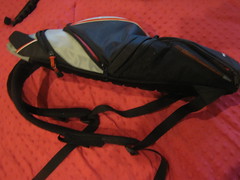As I’m double- and triple-checking everything I’ve crammed into my suitcase and carry-on, I’ve noticed a couple of pieces that reflect the Turkish culture and weather. These items are not too noticeable, but they’ll keep me from looking like a disrespectful and soaping-wet fool.

Skirts: I’ve packed a couple, not only because I’m going through a skirt phase, but also to cover myself up when we visit places of worship, and just to stay conservative in certain areas of town.
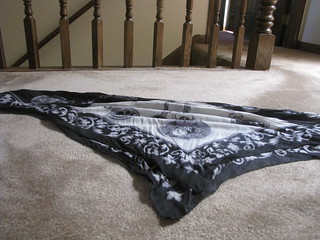
Head scarves: To further respect the culture when we go to mosques, I’ve brought along head scarves. Luckily, these weren’t too hard to find: my mom and I use them all the time to wrap our hair up at night.
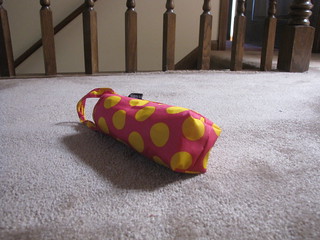
Umbrella: It’s going to be raining for a significant amount of the days we’ll be in Istanbul, so a good umbrella is a must. I’ve also wedged in some Nike sandals. When it’s pouring, I can slip those durable babies on; then, when I get where I need to go, I can put on nicer slippers. (Note: extra sandals are also great for when you visit houses and need to take your shoes off.)

Water bottle: Make no mistake– it’s may rain, but it’s also going to be in the 70s many of the days. Plus, our house is on a hill, and I’m all about staying hydrated.
Apart from that, there are the general key things that travelers must bring (adapters, soap, visa, etc). Also, see Megan’s blog post on the journalism equipment we’re bringing.


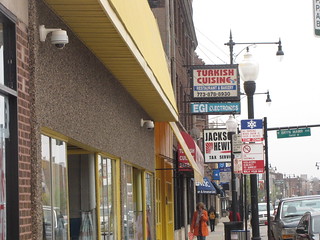

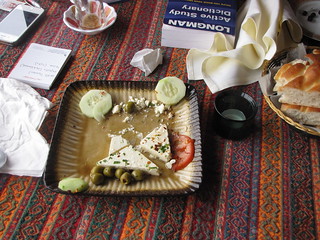

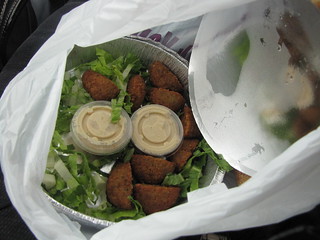
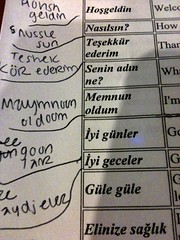

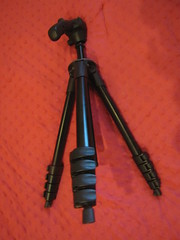 Audio Recorder – We’ll use recorders when we do interviews to get the best-quality audio for our video.
Audio Recorder – We’ll use recorders when we do interviews to get the best-quality audio for our video.
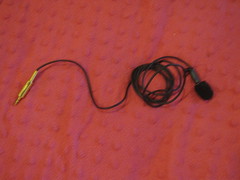
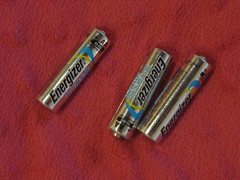 Camera Bag – All of this equipment, plus cords and headphones, fits into a compact camera bag.
Camera Bag – All of this equipment, plus cords and headphones, fits into a compact camera bag.